.webp)
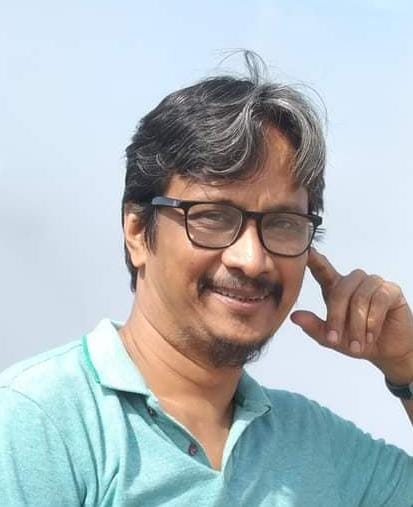 Arup Jyoti Das
Arup Jyoti Das
Being the closest neighbour of India bordering its northeast, the recent political developments in the country have raised concerns in the region, particularly in Assam. Northeast India shares almost 2,000 km of its international border with Bangladesh, and a large part is porous. Bangladesh (previously East Pakistan) was not only formed comprising Muslim majority areas of historical Bengal – out of the two nation theory – but also by dividing or including many historical ethnic settlements or homelands of indigenous communities like Koch, Garo, Chakma, etc. Several ethnic groups in Bangladesh are termed Transnational communities and they live in Northeast states on the Indian side. These communities along with the Hindus form the minority community in Bangladesh. Unfortunately, these communities have not felt secure and safe in Bangladesh since its inception.
The recent political development too has opened new ways to harass the minority communities of Bangladesh. Whenever anything political happens in Bangladesh, minorities become an easy target of radical groups, who make up the majority of the country. These elements also dominate Bangladesh’s socio-politics and demography.
After a gap of many years, taking advantage of the anarchy followed by former Prime Minister Sheikh Hasina’s fall following the student movement, radical groups have come down heavily on minorities. Unfortunately, to mark the celebration of the victory of the student movement, minorities were subjected to violent torture-including murder, burning of houses, land-grabbing, and even gang rapes of women. This is probably why during my second visit to Bangladesh in 2014, Dr. Ray, a Koch (Rajbanshi) professor from Rangpur (Bangladesh) told me, ‘For us, every year is 71, and every day is a day of partition’.
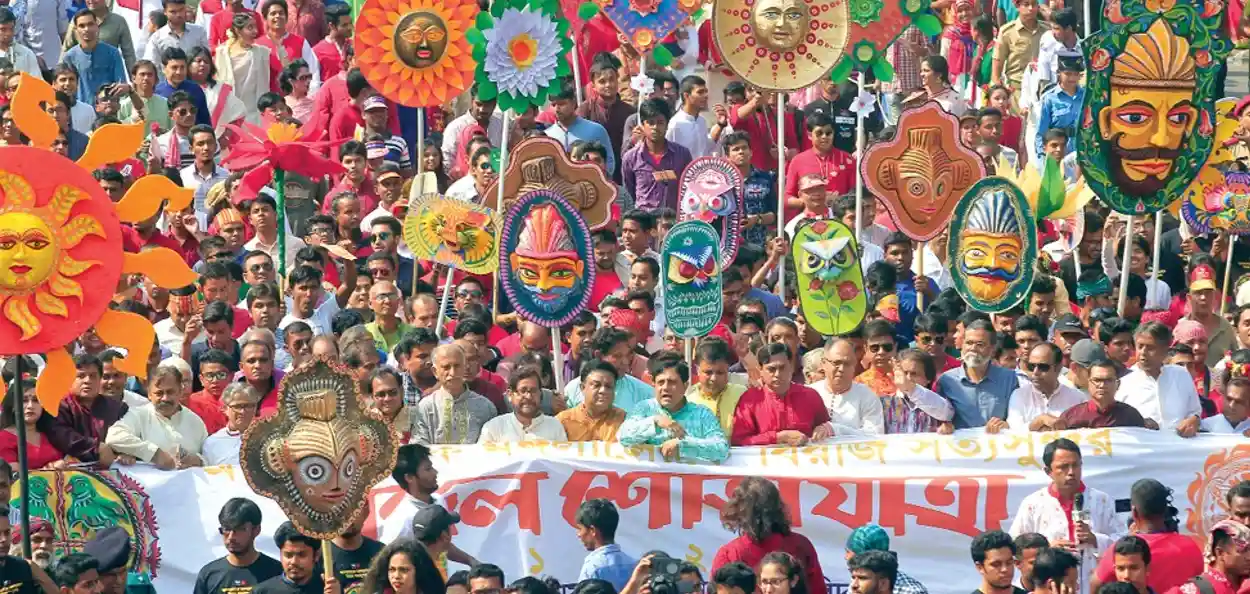 A mass rally in the streets of Dhaka
A mass rally in the streets of Dhaka
It took me years to understand the essence of the statement and only in this year i.e. 2024, I got a clear picture. The year 2024 is no less than 1971 and every day after Hasina’s ouster is a day of partition for the minorities in terms of recreating memories of atrocities. When I communicated with Dr. Ray this time, he informed me that they had to leave their village for the safety of their lives. He also verified the truth related to incidents of looting, burning, and killing that we came to know from the news media.
Interestingly, the walls of major cities in Bangladesh were painted by students with romantic revolutionary graffiti to celebrate the Independence from Pakistan. However, these graffiti were not enough to hide the blood of the minority Hindus and tribals who faced atrocities during the celebration. Ironically, the atrocities continued parallel to the artistic celebration of the student movement of the new “independent” Bangladesh.
The terror is still not over and the atrocities have become organised. It is also not limited to people of different beliefs (political or religious); even elderly persons have been forced to dance half-naked in the streets due to political differences. Attempts to erase the Bengali wall writings and replace these with Arabic have also been noticed.
As a reaction to such activities, renowned Bangladeshi writer Taslima Nasrin commented on social media, “Persecution against people of different faiths has started across the country. Fascism has been replaced by another form of fascism.” Maybe that is why there are attacks on even Majhar and Sufi saints.
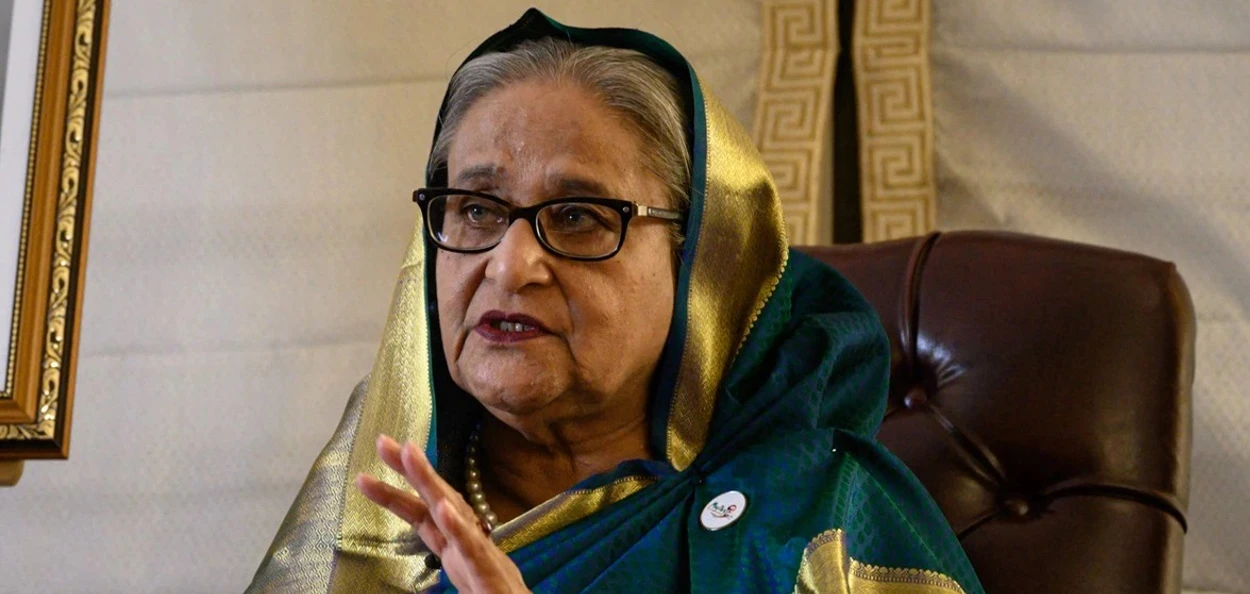 Former Prime Minister of Bangladesh Sheikh Hasina
Former Prime Minister of Bangladesh Sheikh Hasina
Bangladesh has never been an easy country for minorities and their lives are far more challenging than what some progressive sections of India might believe. The constant pressure on Muslims in India due to Hindutva politics has been an excuse by this group to overlook the continuing Islamic radicalism in Bangladesh. The lives of Hindus and tribal minorities in Bangladesh have never been without fear and we need to accept this.
It is worth mentioning that in the socio-political history of the Indian subcontinent there had been a constant tendency among the majority groups with power to suppress the minorities, especially in the name of democracy and taking advantage of constitutional and administrative loopholes. Even in the Northeastern state of Meghalaya, the tribes known as ‘minority tribes’ do not enjoy equal rights as the majority tribes of the state i.e. Khasis, Jaintias, and Garos. The Bodoland Territorial Region (BTR) is no exception in this regard. Hence, we can still maintain our liberal identities and ideologies while talking about atrocities on Hindus by Muslims.
With a new Bangladesh, a new narrative has emerged. In this new narrative, many voices must be silenced to project an image of a "progressive-looking Bangladesh. Therefore, the new generation of the new Bangladesh is celebrating Independence this time with graffiti depicting inspiring stories from the student movement. Major cities of Bangladesh are brightened with colorful murals. In this spirit, Chakma artists have also painted images of human rights activist Kalpana Chakma, who disappeared in 1996.
However, these images on the walls have been repeatedly removed by mainstream artists depicting it as the old Bangladesh. The new Bangladesh does not want to talk about Kalpana Chakma. In other words, whatever is happening with the minorities, that should not be reflected in the art form. Even the Bangladeshi Army is using physical force to prevent tribal artists from making graffiti about their rights. Because when you ask about Kalpana Chakma, the Hills in Bangladesh will rise (‘Jege Uthabe Pahar’), as stated by Bangladeshi Musician Shayan (Farzana Wahid).
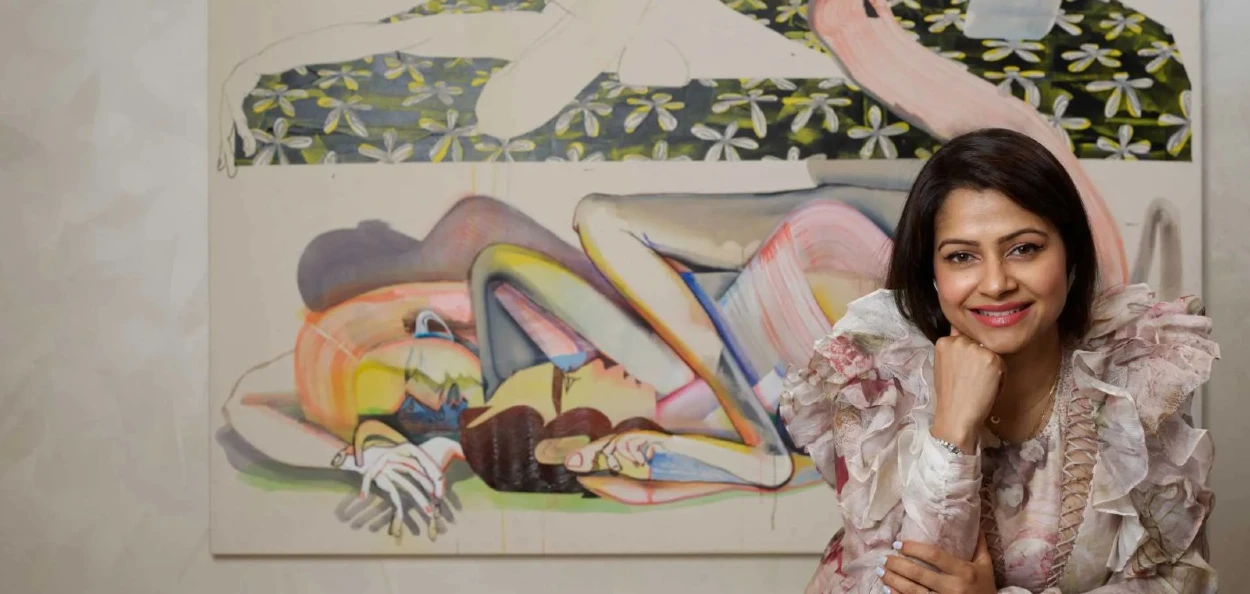 Nadia Samdani is the co-founder and president of Samdani Art Foundation (SAF) and Director of Dhaka Art Summit (DAS).
Nadia Samdani is the co-founder and president of Samdani Art Foundation (SAF) and Director of Dhaka Art Summit (DAS).
As the new Bangladesh did not bring any changes and hope for the indigenous minorities in Bangladesh, a worried, frustrated but still brave Mithun Raksam, a prominent Garo poet and Social activist in Bangladesh writes, ‘You can destroy temples, destroy the churches, but how will destroy our faith? You can break our hands, break our legs, but how will you break our mind (Translated from Bengali)?’ This year, the tribal and religious minorities of Bangladesh have dared to resist, albeit they were less in strength, but not in courage. In this backdrop ‘Desh ta Tomar Baper Naki (is this country a property of your Father)’ has become a popular slogan of the minorities in Bangladesh.
It is true that the educated youth of Bangladesh, at least a section of them want a modern and secular Bangladesh and recognizes financial security and unemployment as the main problems of the youth. In 2010, during my first visit to Bangladesh, I interacted with a group of young Bangladeshi poets and writers in Dhaka including Garo poet Mithuan Raksam, about whom I have already mentioned. Their conflict is not with the minorities but with conflicting ideas within their society. Unfortunately, these groups are not strong enough to overpower the radical section and influence a larger section of Bangladeshi society. Their ideas remain bound within the artistic expression.
It is worth noting that Bangladesh, like West Bengal, displays the same hegemonic pressure of Bengali nationalism on indigenous communities wishing everyone to become part of ‘Bengali Jati’ within both regions. In the case of Bangladesh, the wish is to see every Bangladeshi citizen as a ‘Bengali Muslim’ and not as Bangladeshi Chakma, Garo, Tripuri, or Koch. These communities hardly enjoy any constitutional safeguards and rights in Bangladesh.
Whether the new Bangladesh can provide security to them is a million-dollar question. Recently tribal organisations in Bangladesh have been asked to apply for permission from the military authority for painting graffiti. Minorities are being pressured to resign from their jobs, particularly from leading positions in educational institutes. Hence, only time will tell how independent this new Bangladesh is for the religious minorities and indigenous communities. The gap between what Muhammad Yunus, Chief Advisor to the interim government of Bangladesh, says and what is being executed is huge. There is hardly any hope that this gap will be reduced, as Islamic aspirations continue to grow stronger with time in Bangladesh.
During an interview, Muhammad Yunus cautioned, "India's North-East and West Bengal state, along with Myanmar would be affected if Bangladesh became unstable". This was when the people of North East India started worrying as the region has a troubled past with the issue of ‘Bangladeshi Immigrants’. Proving the worry true, a group of 17 Bangladeshi citizens have already entered illegally through the Dhubri border in August. Interestingly, they are not Hindu minorities, but Muslim Bangladeshi nationals who have taken advantage of the situation and entered India in search of a new life and livelihood.
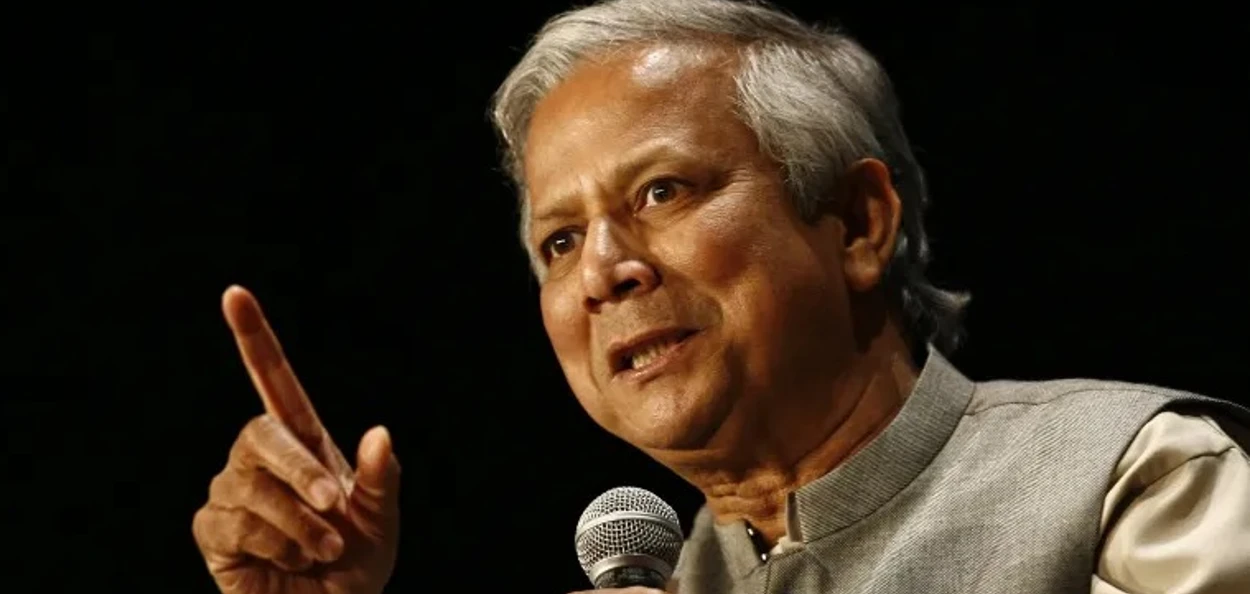 Mohammad Yunus, chief adviser to the interim Bangladesh government
Mohammad Yunus, chief adviser to the interim Bangladesh government
Adding more spice to what Yunus has stated regarding North East India, there is a popular camping in Bangladesh that wants Seven Sisters (Northeast India) back within the boundary of Bangladesh as it was part of greater Bangladesh in the past. Like many from India, particularly from the Hindutva Group who dream of an Akhanda (integrated) Bharat, which includes Cambodia, Indonesia, and many more neighboring nations, many in Bangladesh dream of an integrated Bangladesh which includes West Bengal, North East India (including even Orissa ). This time, the enthusiasm for the same has increased in Bangladesh.
ALSO READ: Bangladesh on the brink: India needs to be alert to the spillover
It is no exaggeration to say that the growing strength of the Bengali people (Both Hindus and Muslims) in North East India has made this dream a reality in some areas, politically and culturally, if not geographically. In 2014, when I was traveling by bus from Rangpur, Bangladesh, to Dhaka, the Bangladeshi passenger in the seat next to me thought I was a Bangladeshi citizen and explained their concept of an integral Bangladesh, where he expanded Bangladesh up to Orissa, including Northeast India. I was afraid of his confidence. Many like him think that North East India is part of Bangladesh. The main thing is that a stable Bangladesh is also needed for a stable South Asia. Therefore, let the new Bangladesh bring new news, but not keep the old fears and problems alive.
(The writer is a Guwahati-based independent journalist & social researcher who have travelled to Bangladesh)
